Mexico City, Mexico, two hundred bones have been discovered at the site with many more waiting to be dug up. There is hope that the discovery of the bones will let into new insight into how and why the large animals went extinction thousands of years ago.
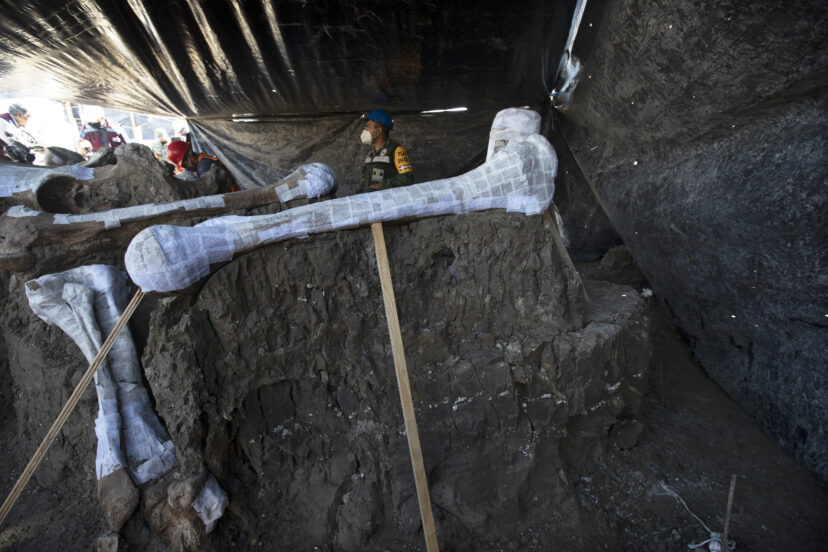
Archaeologists at Mexico’s National Institute of Anthropology and History realized there may be masses of skeletons at the site after discovering two 15,000-year0old ‘mammoth traps’ near the site back in November last year.
There were about 14 Colombian mammoths bones were found around 12 miles away from where the airport is being built at the of the discovery. This type of mammoth arrived in North America estimated one million years ago and often lived up to 70, or even 80 years old.
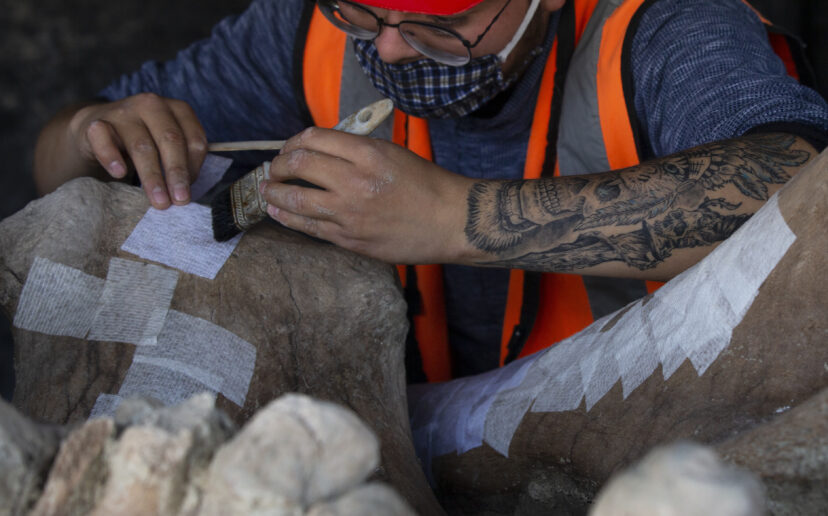
Pedro Sánchez Nava, from the National Institue of Anthropology and History, explained how the mammoths could end up in the pits. He said, “‘It’s possible they may have chased them into the mud. They [ancient humans] had a very structured and organized division of labor [for getting mammoth meat],”.
it was thought our ancestors used to have mammoth meat on their menus sporadically, but from the discovery of so many skeletons, mammoths may have been part of their daily diet Sánchez Nava added.
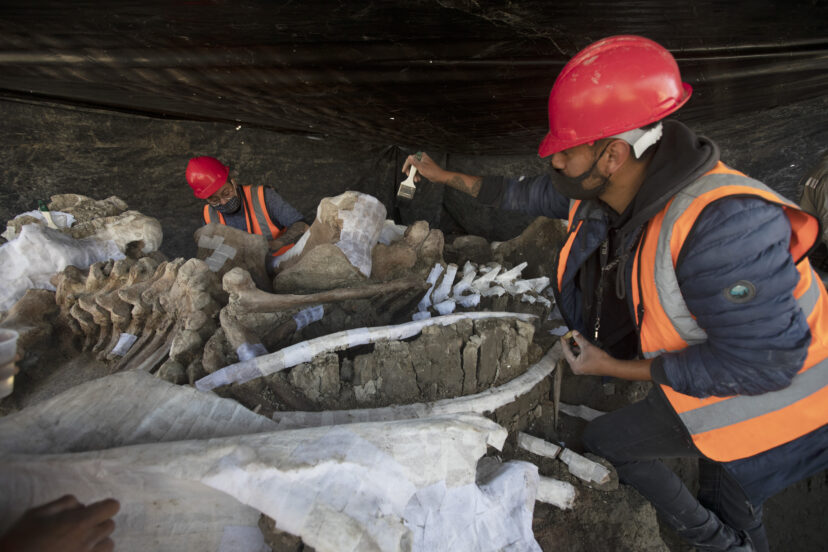
Mammoths are known for their hairy bodies, but it’s thought the Colombian mammoths didn’t actually have that much as a way of adapting to North America’s warmer climate.
Paleontologists think prehistoric human hunters played a major role in the mammoth’s extinction; something that they’re hoping to learn more about by studying the bones at the site.
Source: Unilad

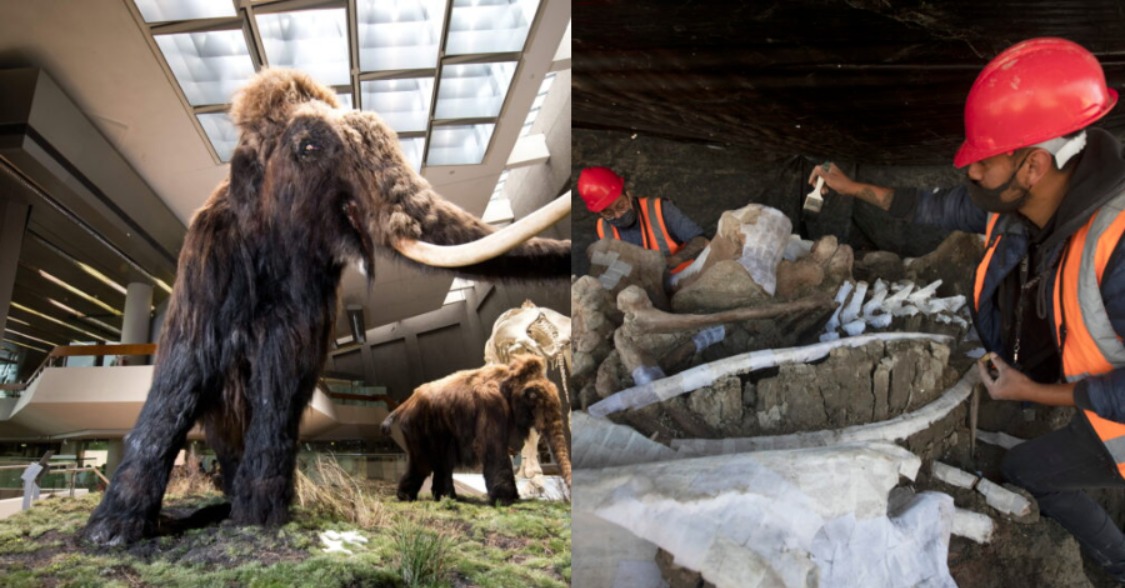






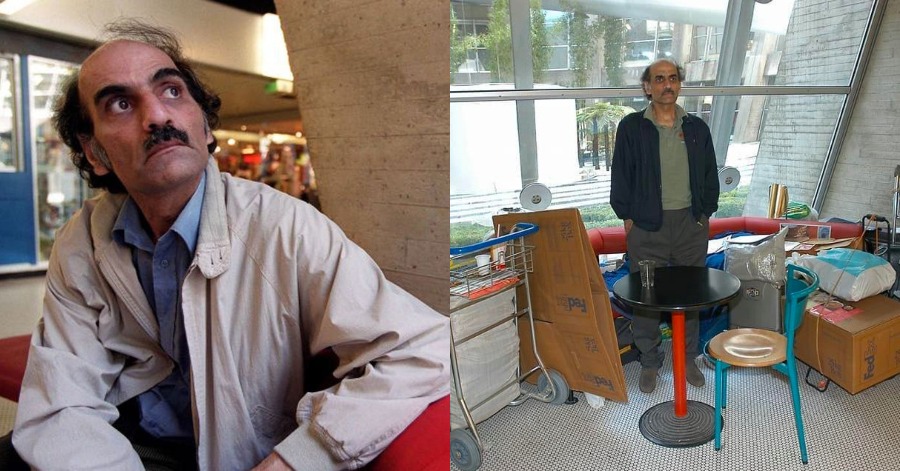
Leave a Comment